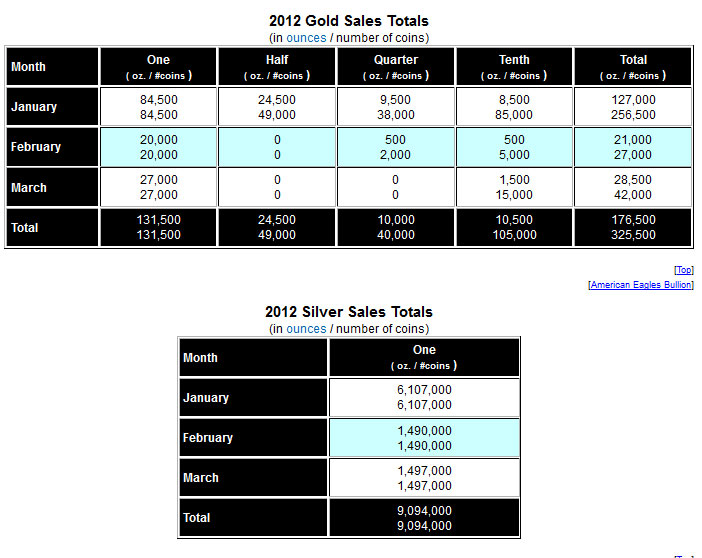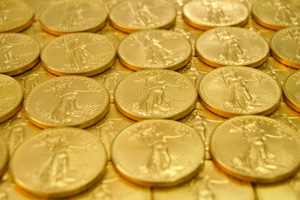Precious metal investors who have a deep appreciation for the artistry of gold and silver coins are likely to be blown away by the latest medals issued by the Royal British Mint.
As reported by World Mint News Blog, the Royal Mint has issued two magnificent gold and silver medals that showcase the skill and craftsmanship of mint engravers. Both coins have extremely limited mintage with the gold medal issue limit set at only 25. The purchase price of the gold medal is £23,500.00 or $36,843. I would expect both of these low mintage medals to be priced substantially higher in the secondary market if they ever become available for sale.
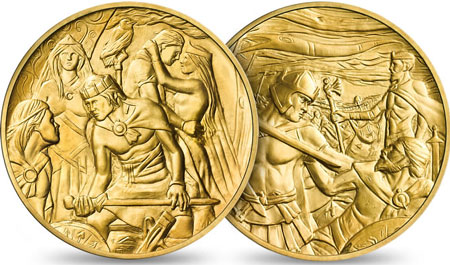
The obverse of the medal depicts Arthur as a Warrior King defeating the Saxons as Merlin stands in the background. The battlefield is shown with mist and smoke rising into the air and the dragon flags planted by the cavalry symbolizing victory. The reverse depicts Arthur as a wounded and defeated King offering his sword Excalibur to his Knight Bedivere. In the background appear Arthur’s wife Guinevere embracing Lancelot and Arthur’s half sister Morgana holding her staff with a raven atop.
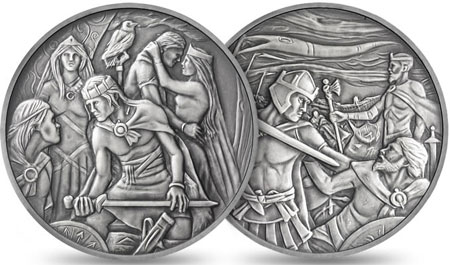
Both the gold and silver medals feature the same intricate design and are struck in high relief. Both are oversized to provide a large canvas for the work. The .999 silver coin has a weight of 250 grams (8.04 troy ounces) and diameter of 80 mm. The .999 gold coin has a weight of 313 grams (10.06 troy ounces) and diameter of 65 mm.
As might be expected, these are extremely limited in mintage and premium priced. The silver medal has an issue limit of 500 and is £695.00, and the gold medal has a limit of just 25 and is priced at £23,500.00. The product pages can be found here and here.
The U.S. Mint should pay attention to the artistry of coins produced by other world mints. Imaginative new gold and silver coin designs by the U.S. Mint would not only be appreciated by numismatists but would probably broaden investor interest in standard gold and silver bullion coins.
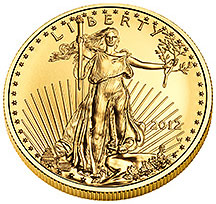 The latest sales figures from the U.S. Mint show that sales of both gold and silver bullion coins declined dramatically during July. While sales of silver bullion coins have remained at historically high levels, sales of the gold bullion coins have been in a steep decline since 2009.
The latest sales figures from the U.S. Mint show that sales of both gold and silver bullion coins declined dramatically during July. While sales of silver bullion coins have remained at historically high levels, sales of the gold bullion coins have been in a steep decline since 2009.
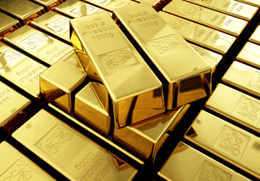 According to the latest report from the U.S. Mint, sales of gold bullion coins increased by over 13% during June, while total sales of the silver bullion coins were essentially unchanged from May.
According to the latest report from the U.S. Mint, sales of gold bullion coins increased by over 13% during June, while total sales of the silver bullion coins were essentially unchanged from May.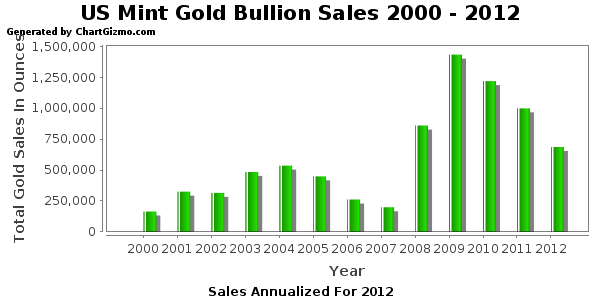
 According to the latest report from the U.S. Mint, sales of both gold and silver bullion coins rebounded strongly during May.
According to the latest report from the U.S. Mint, sales of both gold and silver bullion coins rebounded strongly during May.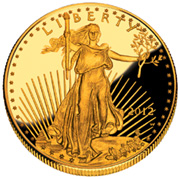 The latest sales figures from the U.S. Mint show a continuing trend of lower gold bullion coin sales. Sales of American Gold Eagle bullion coins hit an all time high in 2009 when the Mint sold 1,435,000 ounces. During 2010, sales declined to 1.2 million ounces and in 2011 only 1 million ounces of gold bullion coins were sold.
The latest sales figures from the U.S. Mint show a continuing trend of lower gold bullion coin sales. Sales of American Gold Eagle bullion coins hit an all time high in 2009 when the Mint sold 1,435,000 ounces. During 2010, sales declined to 1.2 million ounces and in 2011 only 1 million ounces of gold bullion coins were sold.

